Stop Teaching Your Child the Wrong Kind of Empathy – Here’s What Actually Works
The Dark Truth About Empathy That Every Parent Needs to Know
Did you know that 73% of parents believe they’re successfully teaching empathy to their children – yet bullying rates continue to climb in schools nationwide?
Here’s what’s even more surprising: you might be accidentally teaching your child a form of empathy that could actually make them less compassionate toward others. Yes, you read that right. The empathy lessons you think are helping could be creating the opposite effect.
But don’t panic – there’s a simple fix that can transform how your child connects with others forever.
Why Your Child Says “That’s Their Problem, Not Mine”
You’ve seen it happen. Your child watches another kid struggle with homework and shrugs it off. A classmate gets hurt on the playground, and your little one keeps playing. A friend feels left out, and your child doesn’t even notice.
Sound familiar?
Here’s the thing: empathy and compassion don’t come naturally to every child. Some kids instantly pick up on others’ emotions and rush to help. Others seem… well, completely oblivious to the world around them.
This is completely normal.
Compassion is actually a complex social skill that develops over time. But here’s where it gets tricky – not all empathy is created equal.
The Dark Side of Empathy (Yes, It Exists)
Yale psychologist Paul Bloom dropped a bombshell in his research: certain kinds of empathy can actually make people more biased and less moral.
Here’s how this plays out in real life:
- We feel more empathy for people who look like us – leading to unconscious discrimination
- We empathize more with people we know – making us ignore strangers in need
- We protect “our own” at others’ expense – think parents defending their child’s bad behavior because they imagine how they’d feel
Remember those news stories about parents defending teen boys accused of assault because it would “ruin their futures”? That’s empathy gone wrong – feeling so much for one person that you lose sight of others who are suffering.
The problem isn’t empathy itself. It’s that we focus our empathy like a spotlight instead of spreading it like sunlight.
The Two Types of Empathy (And Why You’re Probably Teaching the Wrong One)
Emotional Empathy: When your child feels sad because their friend is sad. They absorb others’ emotions like a sponge.
Cognitive Empathy: When your child recognizes their friend is sad and figures out how to help – without drowning in those feelings themselves.
Brain scans show these are completely different processes. Emotional empathy happens in your emotional centers. Cognitive empathy lights up your thinking brain.
Here’s why this matters for your child:
Emotional empathy can overwhelm kids. They feel everyone’s pain so intensely that they either shut down or only help people they’re closest to.
Cognitive empathy creates calm, effective helpers. Your child can see someone’s distress, understand it, and take action – without getting swept away by the emotions.
How to Build Unstoppable Cognitive Empathy in Your Child
1. Model Sensitive Parenting (Even When You’re Exhausted)
Your child watches how you respond to their needs. When you’re warm and responsive – even during meltdowns – you’re showing them what compassion looks like.
Try this: Instead of “Stop crying, you’re fine,” say “I can see you’re really upset. Tell me what happened.”
2. Make Feelings Part of Daily Conversation
Don’t wait for big emotions to talk about feelings. Weave emotional vocabulary into everyday moments.
Ask questions like:
- “How do you think your sister felt when that happened?”
- “What do you notice about Dad’s face right now?”
- “If you were in your friend’s shoes, what would help you feel better?”
3. Let Your Child Experience All Their Emotions
Stop trying to fix every negative feeling instantly. Kids need to feel the full spectrum of emotions to understand them in others.
Instead of dismissing feelings, validate them:
- “You’re really frustrated right now”
- “It makes sense that you’d feel disappointed”
- “Anger is a normal feeling when something unfair happens”
4. Always Explain the “Why” Behind Your Rules
When you ask your child to share their toys or include someone new, explain how their actions affect others.
Say this: “When you share your blocks, it helps Tommy feel included in the game.”
Not this: “Because I said so.”
5. Start Helper Training Early (We’re Talking Toddler Age)
Don’t wait until your child is older to encourage helping. Even 18-month-olds can hand you items or comfort a crying sibling.
Celebrate collaboration over competition:
- “You two worked together to solve that puzzle!”
- “I noticed how you helped your friend when they fell down”
- “Everyone wins when we help each other”
Your Action Plan: Three Simple Steps to Start Today
Step 1: Tonight at dinner, ask your child about someone else’s day. “How do you think your teacher felt when the class was really loud today?”
Step 2: This week, catch your child in acts of kindness and point out the impact: “Did you see how happy you made your brother when you shared that?”
Step 3: Next time your child faces a conflict with a friend, ask “What do you think they were feeling?” before jumping to solutions.
The Beautiful Truth About Teaching Real Empathy
When you teach your child cognitive empathy, you’re giving them a superpower. They’ll become the kid others want to be around. The one who notices when someone needs help. The future adult who makes the world a little bit brighter.
Remember: You don’t need to transform your child overnight. Pick two strategies that feel doable and stick with them for a month.
Your child’s future self will thank you. Their friends will benefit. And you’ll watch your little one become the compassionate person this world desperately needs.
Because when we teach the right kind of empathy, everyone wins, connections grow, and kindness flows.
Ready to start? Choose one strategy from this list and try it today. Your child’s journey to true compassion begins with your next conversation.

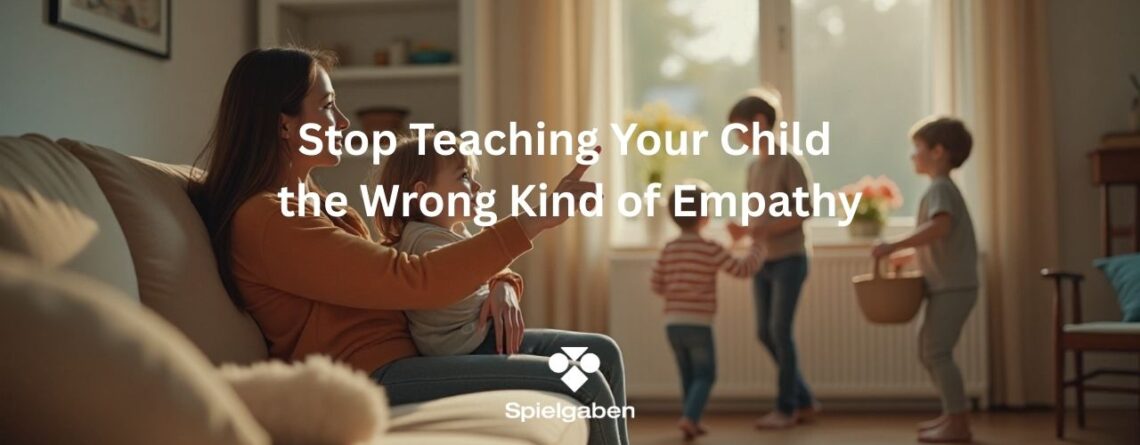
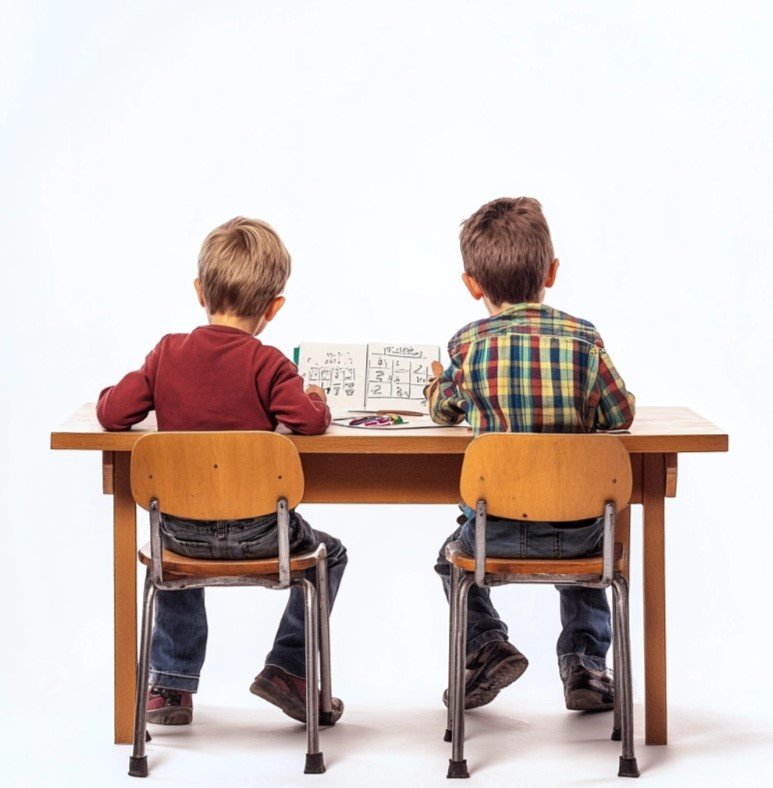
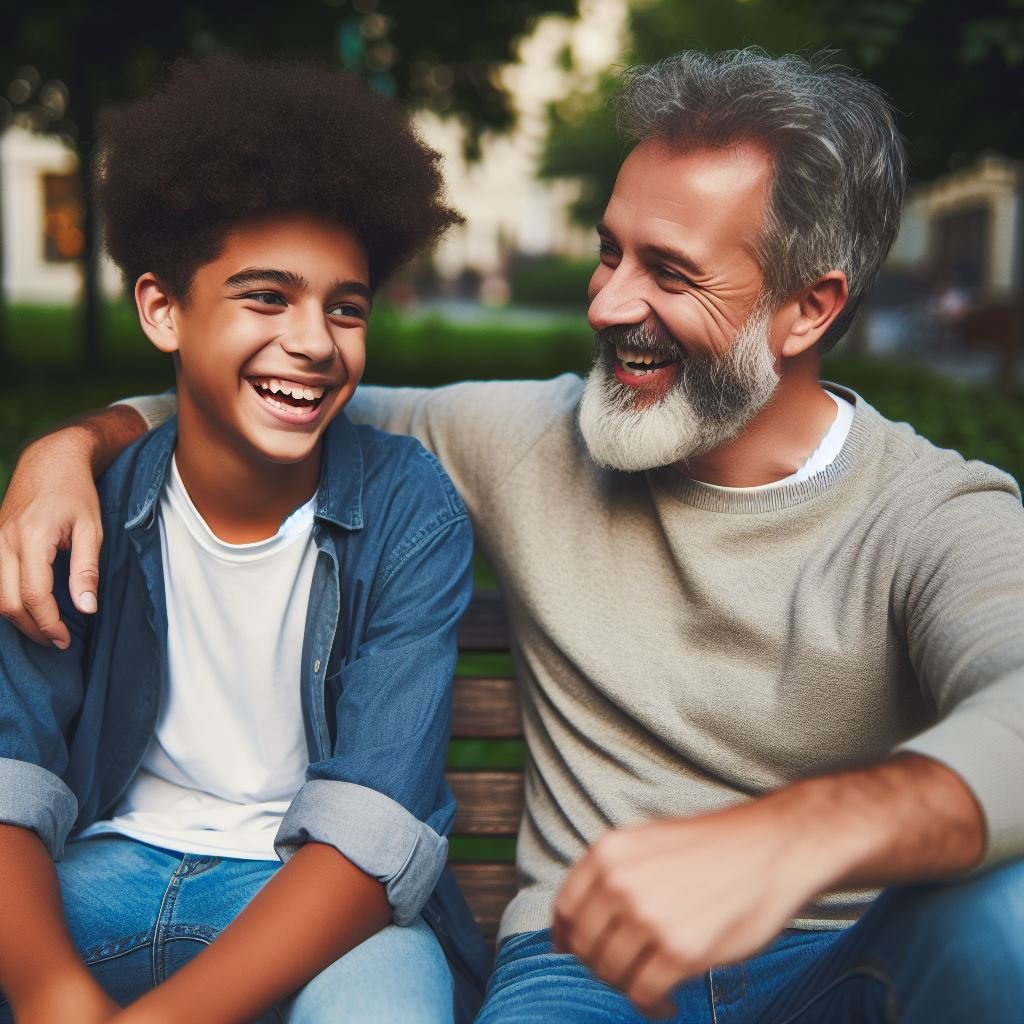

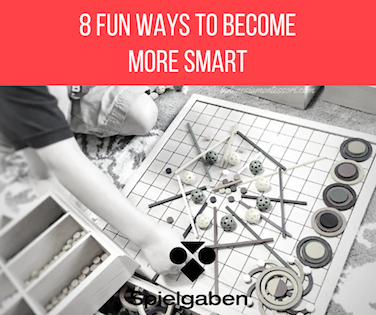

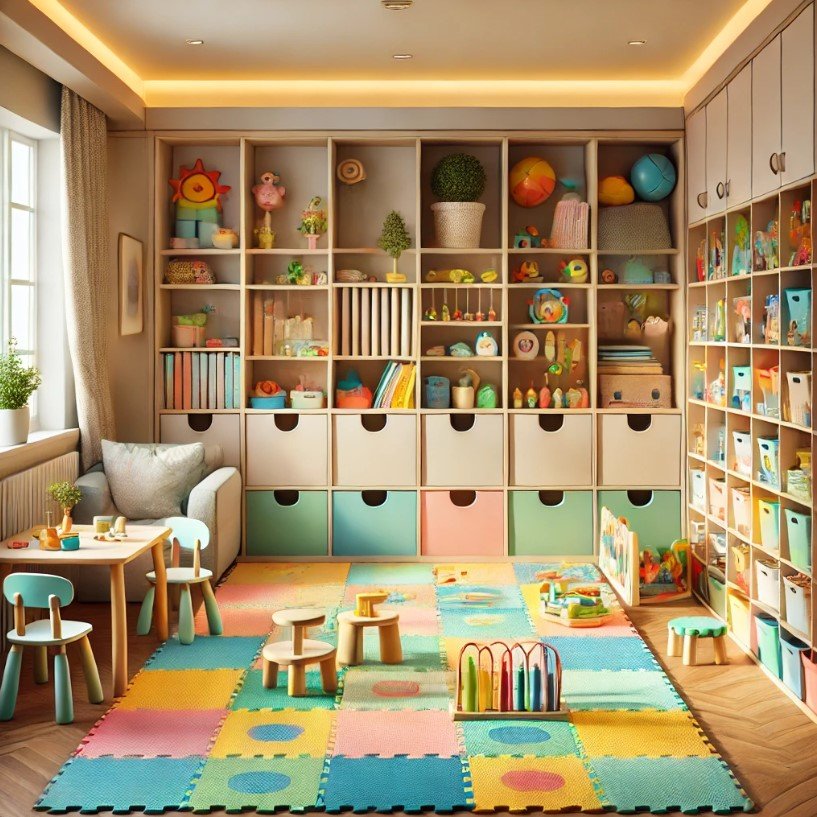

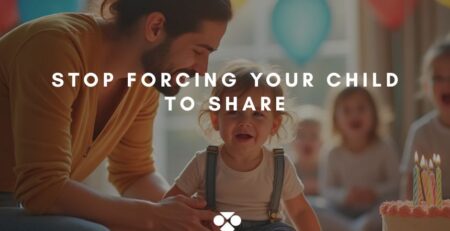
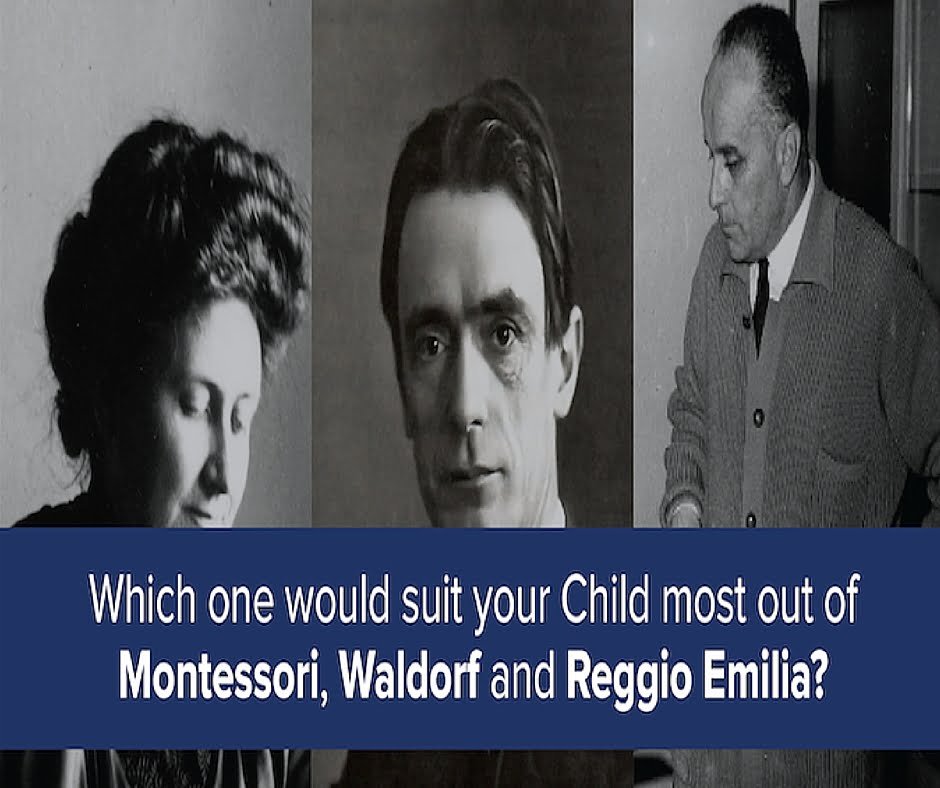


LEAVE A COMMENT